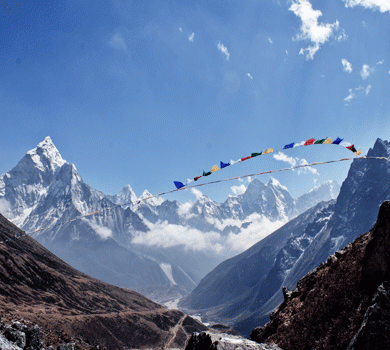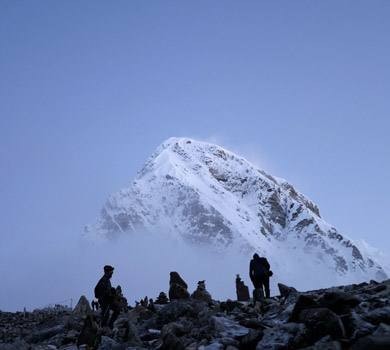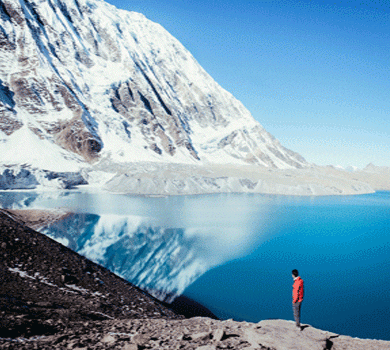BOUDHANATH
BOUDHANATH, as the great Majestic Boudha Stupa located in the capital city of Nepal, Kathmandu is a popular religious site that is listed in UNESCO World Heritage Site and also remains a major tourist attraction point. This great stupa stands approximately 6-7 km northeast from the center of the Kathmandu valley. The grand dome of Boudhanath is 100ft diameter with 141.16 ft in height and 1 hector in width, which the massive mandala of this great stupa makes it one of the largest spherical stupas of Nepal which dominates the skylines and also regard as one of the largest stupas around the world.
Historical Information of Boudhanath
The historical fact of the Boudhanath Stupa gets differs from the period of the time gap. The great stupa was mentioned as one of the four stupas found by the Lichhavi king Vrisadeva (ca.AD 400) but on the other side in Newars legend, the Stupa’s origin is credited to Manadeva, who is also linked with the Swyambhu Chaitya. Similarly, Shivadeva, another Lichhavi king (AD 590-604), is associated with Boudha as an inscription “he may have restored the Stupa”. And the last, in the report of archeological of the 16th century mentioned Sakya zangpo, a Tibetan restorer; there is a statement that he discovered the Lichhavi king Amsuvarma’s remnants in the stupa. Unfortunately, it has been said that there is no Lichhavi stone remaining in the surrounding area of Boudha.
The place is itself opulent in attracting myriad number of outsiders. The peaceful environment and lively surroundings make the place unique in a sense of delivering the precious religious facts and culture. There are other important sites of Boudha Stupa like AJIMA TEMPLE – the temple belongs to Goddess MAMO PUKASI (the protector of stupa area) which is located at the north side of Boudha Stupa. The lama (priest) performs their religious work every morning, GHYOILISANG PEACE PARK– it has been named as historical pond because the soil of this pond was used during the construction of Boudha Stupa. It is located to the north-west of Boudha Stupa and the HISTORICAL TINCHULI – the place is 1 km away from Boudhanath Stupa, the name TINCHULI originated from the three big rocks which were used in the fireplace for cooking for workers during the construction of Boudhanath Stupa.
Other attracting monuments around Boudhanath
There are lots of Gumba and Monastries within the territory of Boudha Stupa. The four traditions of monasteries are SAMTELING MONASTERY – this first Tibetian monastery which was established by his Eminence Kachen Yeshi Gyaltsen. This monastery belongs to Geluk tradition which is preserving own tradition of chanting and ritual activities. JHAMCHEN LHAKHANG – in 1989, this monastery was established by Chyopge Thichen. This monastery is preserving own Sakya tradition of chanting and ritual activities. DILYAK YEBAM – in 1966, Master Dazang Ngeden Chhoeki Ngima Palsangpo built this monastery. In this monastery, all the Buddhist rituals are performing. This monastery belongs to Kagyud sect and GURU LHAKHANG MONASTERY – is oldest Nyingma monasteries and also called Guru Marmen Lhakang. This monastery has got the beautiful statues. The local Tamang and Chiniya Lama perform various tradition and ritual activities.
The main and interesting time strikes when the celebration of the different festivals took place in Boudhanath Stupa. The festivals like Mamla Jatra (Jan/Feb), Chechyu Puja (Dec/Jan), Loshar (second half of Jan and Feb), Temal Jatra (full moon of March/April), Ropai Jatra (full moon of August) and Buddha Jayanti (Apr/May).
We, the team of Massif Holidays, are providing various attractive places within Nepal including Boudhanath. Feel free to Contact us if you are planning to explore this famous religious site.



